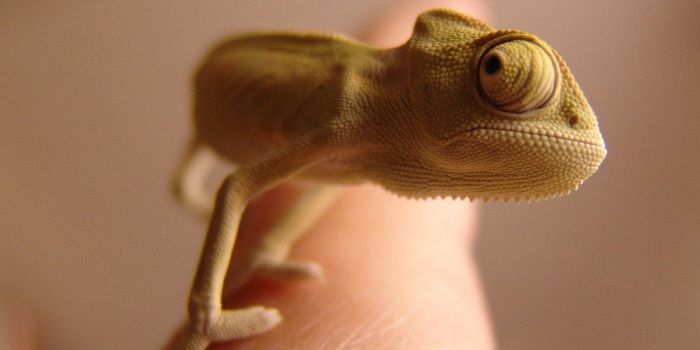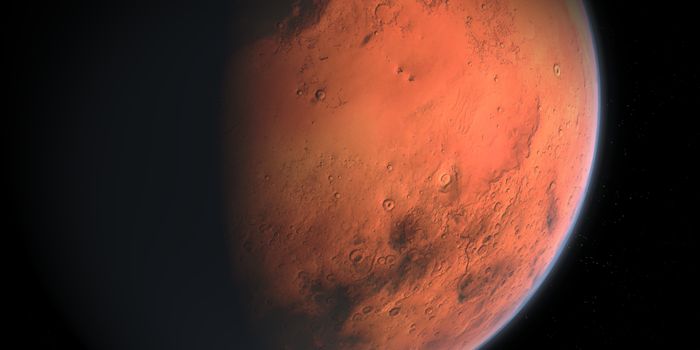Earth Overshoot Day (EOD), or as it used to be known, Ecological Debt Day is the point on the calendar where the consumption of resources by humans has exceeded the amount of resources that can be generated in a year. In a perfect world, the amount of resources the Earth is able to generate would last at least the full year, but that hasn't been the case for some time. The numbers are calculated by dividing the biocapacity, or amount of natural resources created in a year, by the human ecological footprint, or consumption, and then multiplying it by 365.
From an economic viewpoint, the planet is essentially living on credit once the day is reached. In 1987, it was reached on December 19th. In 2016, the mark was hit on August 8th. The effect of running out of resources earlier and earlier each year takes a cumulative toll on the planet. Greenhouse gas emissions from travel and transport account for much of it. Eating more meat is a problem as well since resources to raise cattle and other livestock create a larger carbon footprint. Organizations like the UN and the WHO have called for more conservation measures to hopefully push the date further into the later months of the year and stop its progression into earlier days.








